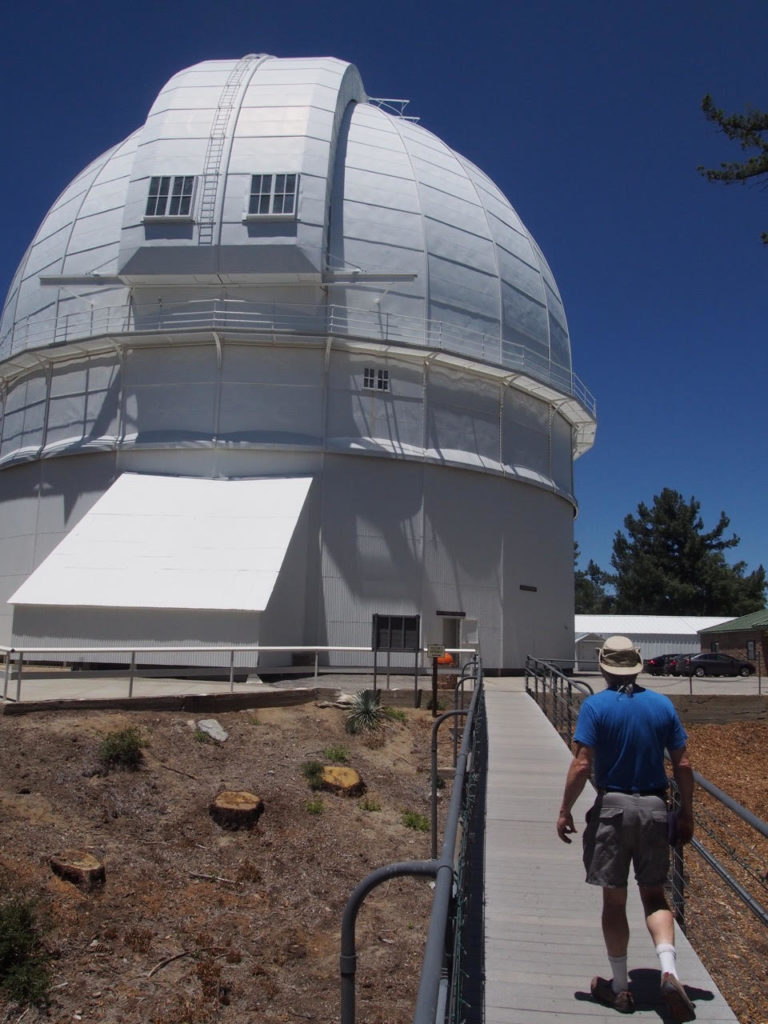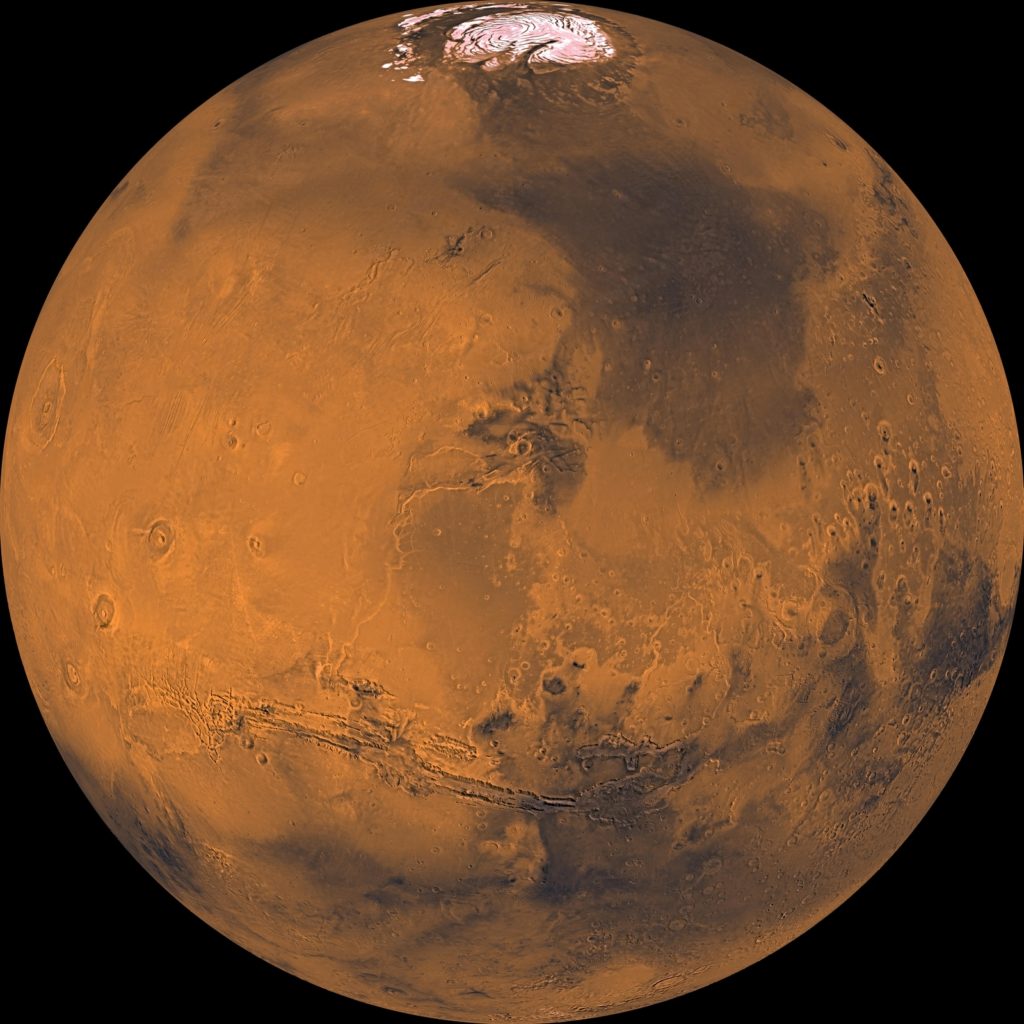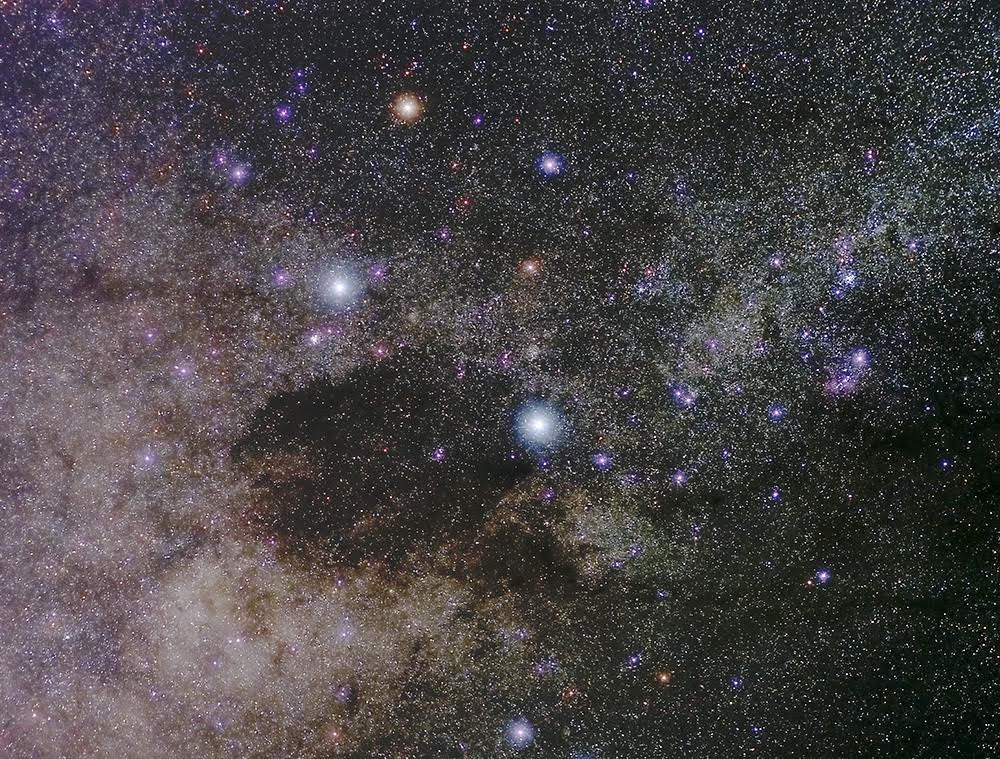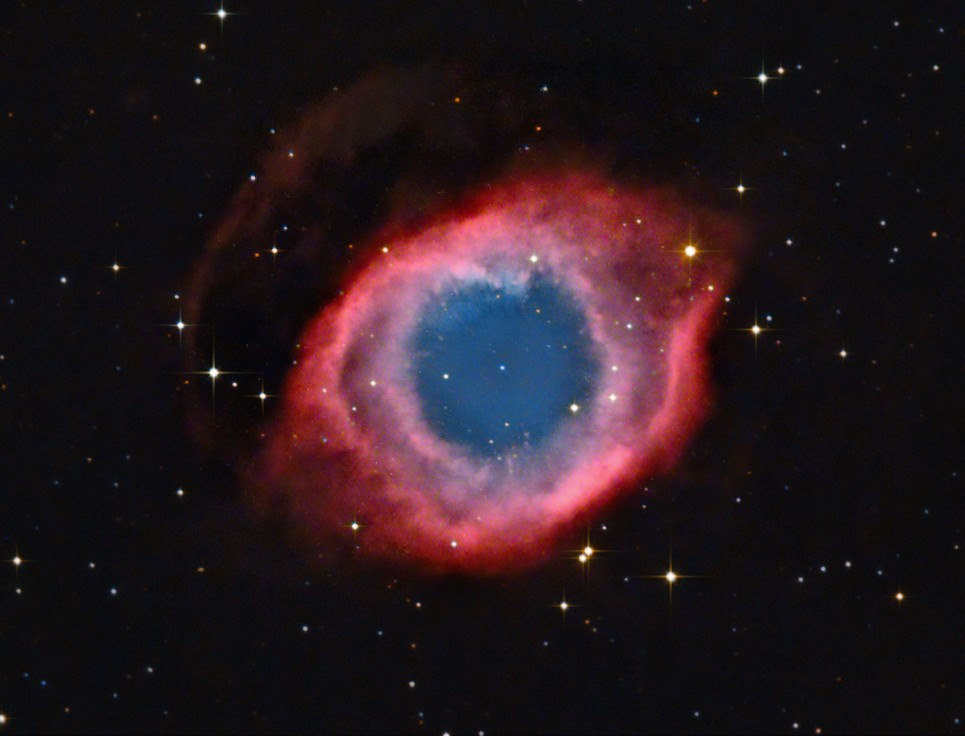
One hundred years ago, the universe was quite small, or at least people thought it was. Not so small that you could put it in your pocket, but limited to the Milky Way Galaxy only, which was thought to be about 30,000 light-years across, or maybe a little more.
Beyond that, if there was anything at all, it was simply an empty void.
That’s because no one was sure what the so-called “spiral nebulae” really were. They were dotted across the sky, often in clusters, though they were scarce along the band of the Milky Way. When astrophysicists analyzed their light spectroscopically, those spectra showed star-like characteristics, but no telescope on Earth could reveal individual stars, either visually or photographically. They remained mysterious, and often beautiful, whirlpools of light.
So although some astronomers suspected these spirals were in fact remote “island universes”, more of them believed they were closer, lesser things, perhaps infant solar systems in the process of forming.
Slightly less than one hundred years ago, these questions were resolved, along with the galaxies themselves, and the size of the known universe expanded one hundred thousand times or more, almost overnight.
And that’s where the Mount Wilson Observatory in California comes in. Its namesake mountain sits at the edge of the vast carpet of artificial lights known as the Los Angeles Basin, looking down on it from 5700 feet above the not-so-distant Pacific Ocean. Today that massive light pollution renders the observatory useless for most kinds of nighttime astronomical research. In its heyday in the early 20th Century, it was the world’s greatest center of astronomical discovery. It was one of the first observatories ever to be sited on a mountaintop for performance, not in or near a city for convenience. Back then it could ignore the feeble lights of Los Angeles and the other small communities flickering below [Read more…] about A Visit to Mount Wilson Observatory
Share This:

